Have you ever gone for a walk and felt your worries melt away? It turns out, you aren’t alone, and there is science that supports a positive correlation between nature and happiness.


Have you ever gone for a walk and felt your worries melt away? It turns out, you aren’t alone, and there is science that supports a positive correlation between nature and happiness.

Corvids, birds in the crow family, give new meaning to the phrase “bird-brained.” Read on to learn what these intelligent birds have in common with humans.

Have humans ever truly lived in harmony with the natural world? According to recent research, the activities of early human ancestors may have caused animal extinctions, not unlike the way human actions threaten many species today.

Some interesting things happen in our brain when we feel fear, which may explain why some of us choose to seek it.
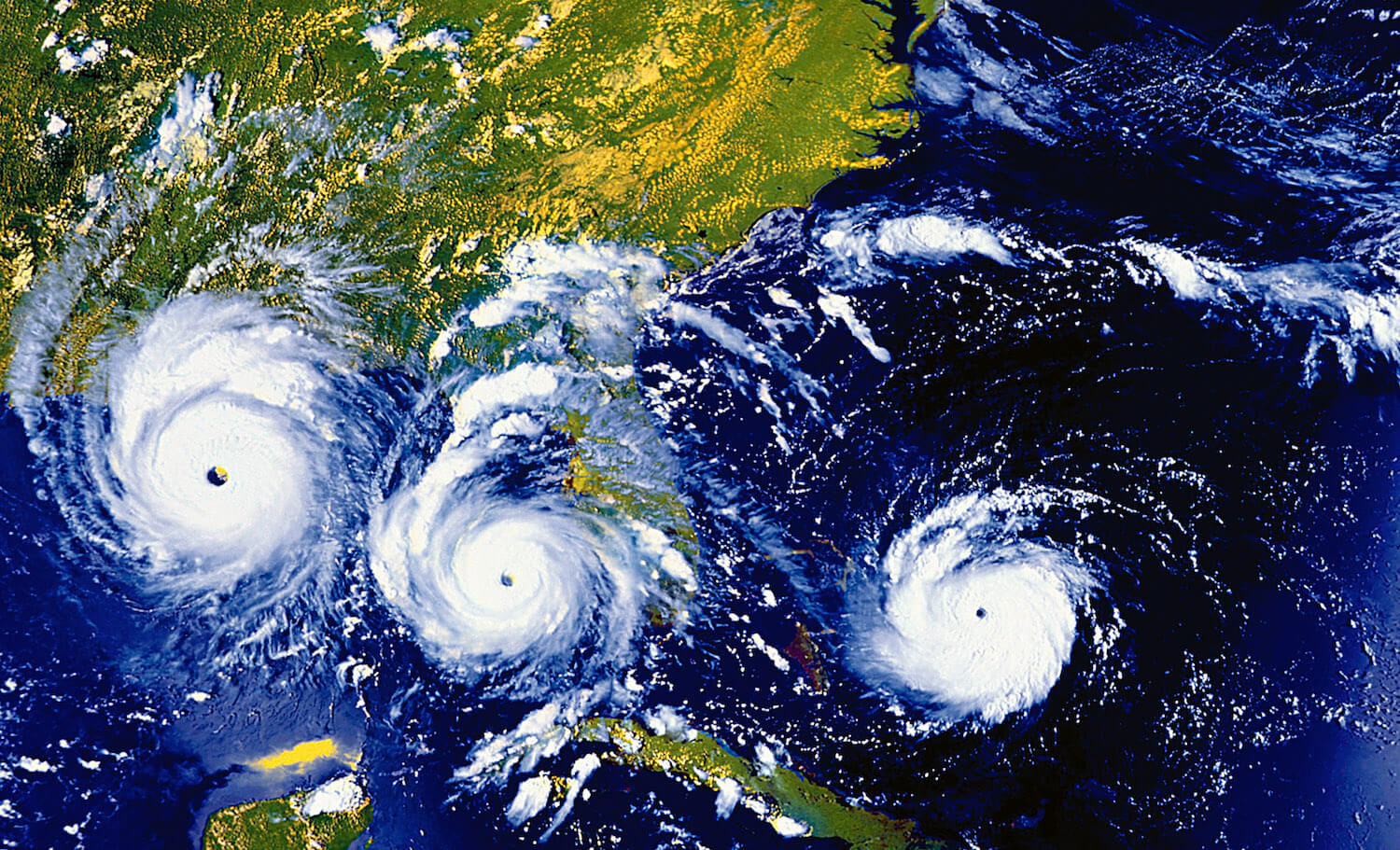
Hurricanes, cyclones, and storms—oh, my! Read about all of the records being broken this hurricane season.

Did you know dogs are being trained to smell cancer? Turns out their noses can detect more complex things than you might think!
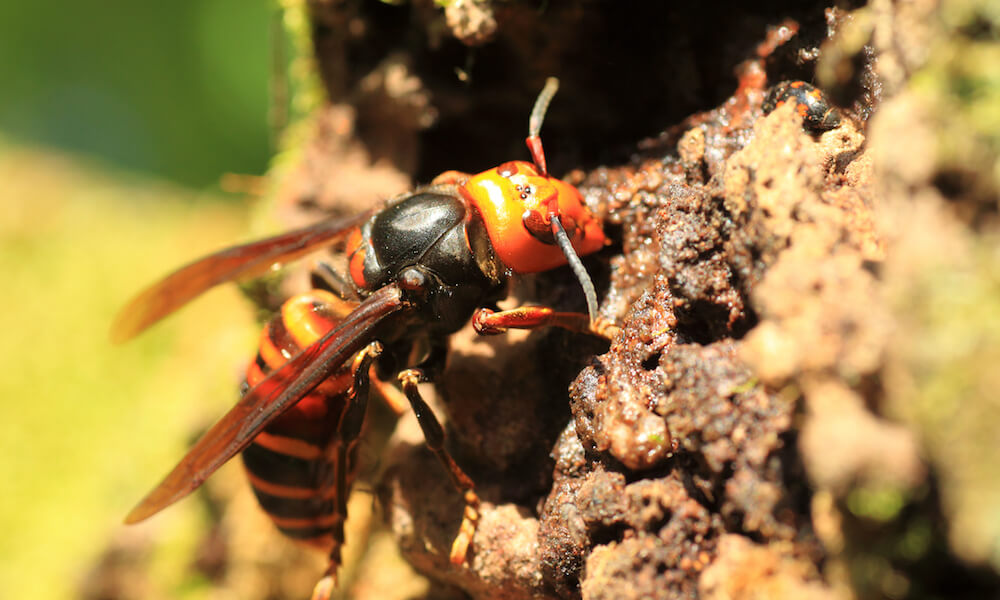
Getting stung by an insect is a real pain. Justin Schmidt, an entomologist, has been stung more than 1,000 times in the name of science. these stings can vary from mild to absolutely debilitating.

People from all walks of life enjoy competitive travel. Unfortunately, the global spread of coronavirus has disrupted many people’s travel plans. Read more about the world of competitive travel and the uncertainty many travelers are facing.

Being misled, whether purposefully or accidentally, can leave a bitter taste in your mouth. Watch the video to learn more about your tongue’s taste receptors, and learn how to avoid being misinformed and misled.

Your recent clothing haul may have more environmental costs and ethical concerns than you might expect. Read more about how fast fashion has a hidden cost many don’t know they are paying.
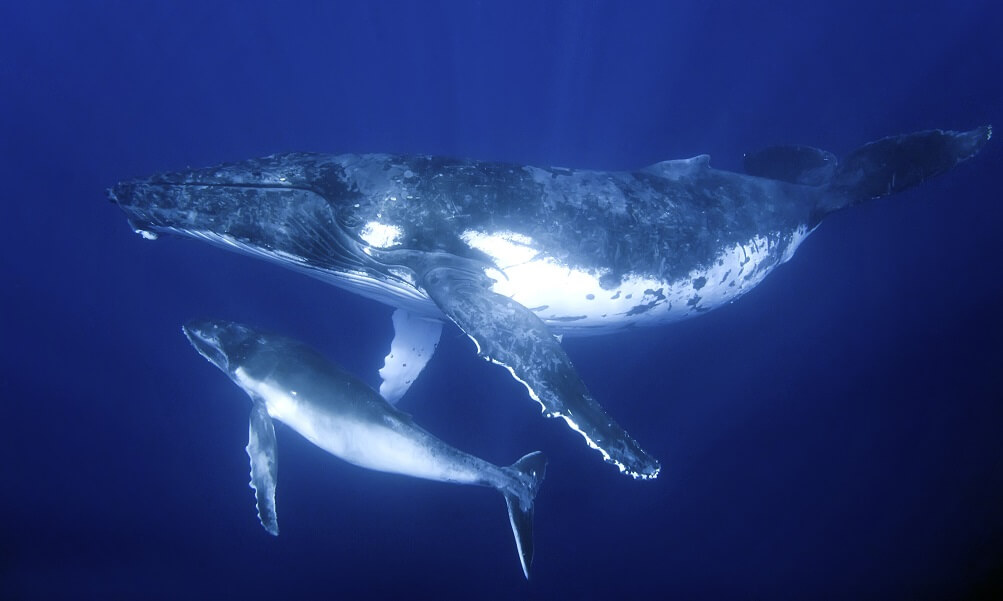
Scientists are enjoying a surprising benefit of the reduction in human activity in 2020.
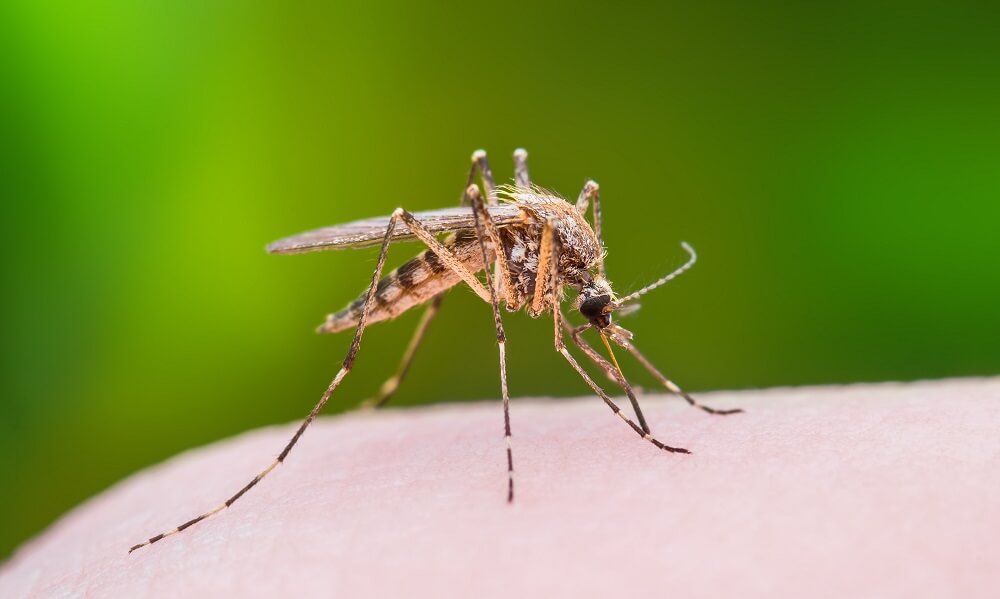
The debate about the best way to control a persistent disease vector is about to get real.

What does cutting down trees have to do with global pandemics like the coronavirus? Click this link to find out.
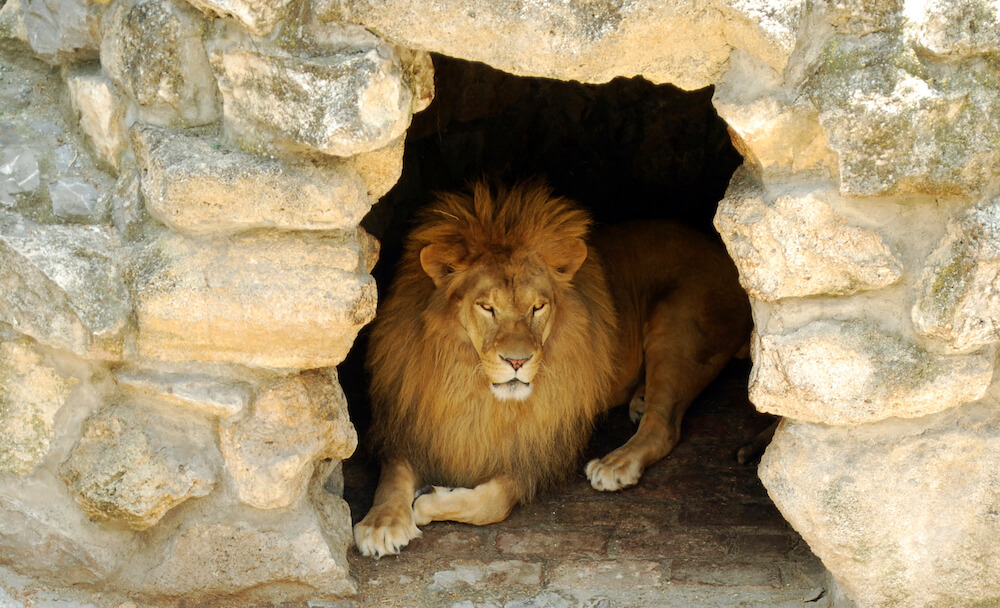
Did you know you can tap into the webcams at The Smithsonian National Zoo? See how animals—large and small—typically spend their days.
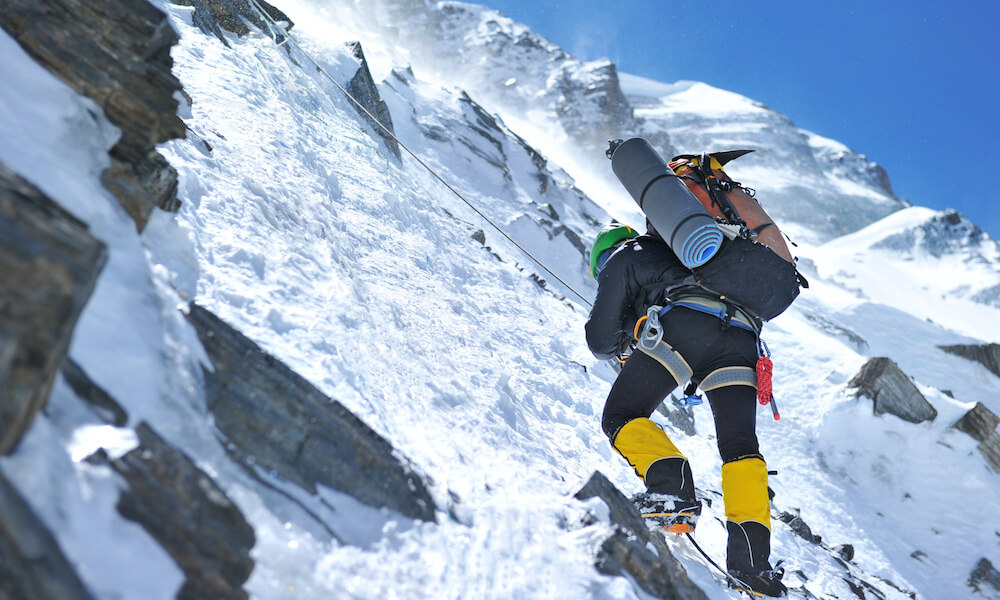
Explore Mount Everest like a pro climber. See everything from the base camp to the summit thanks to innovative 360° camera equipment.

| Dogs can already sniff out various diseases and infections, and researchers think that this skill can successfully aid in the early diagnosis of COVID-19. |

Read about our ongoing space exploration in the midst of a pandemic and why it matters.
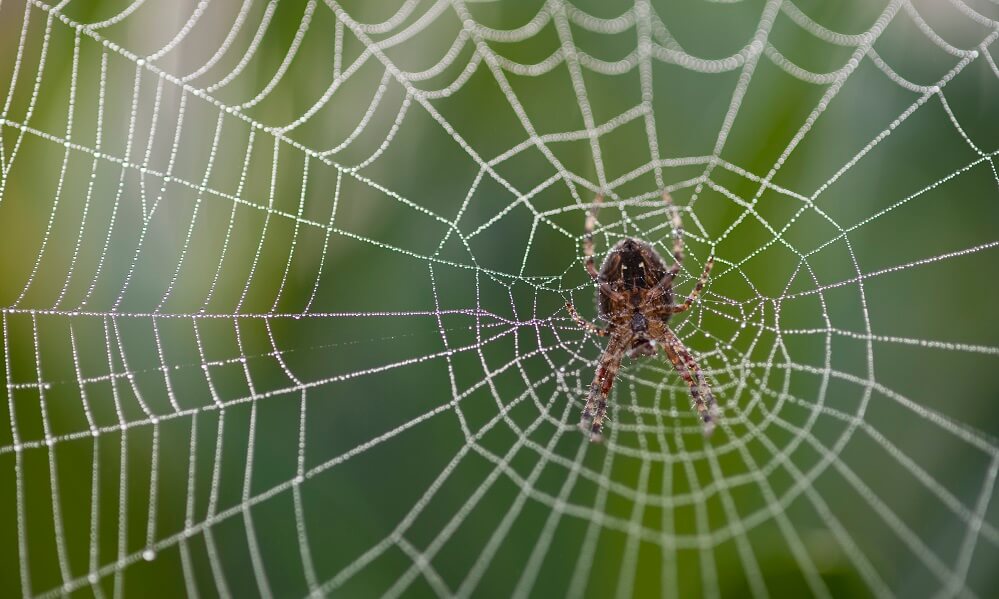
Nature is important to humans in some very practical ways. Read about some of the technological advances the animal world has given us.
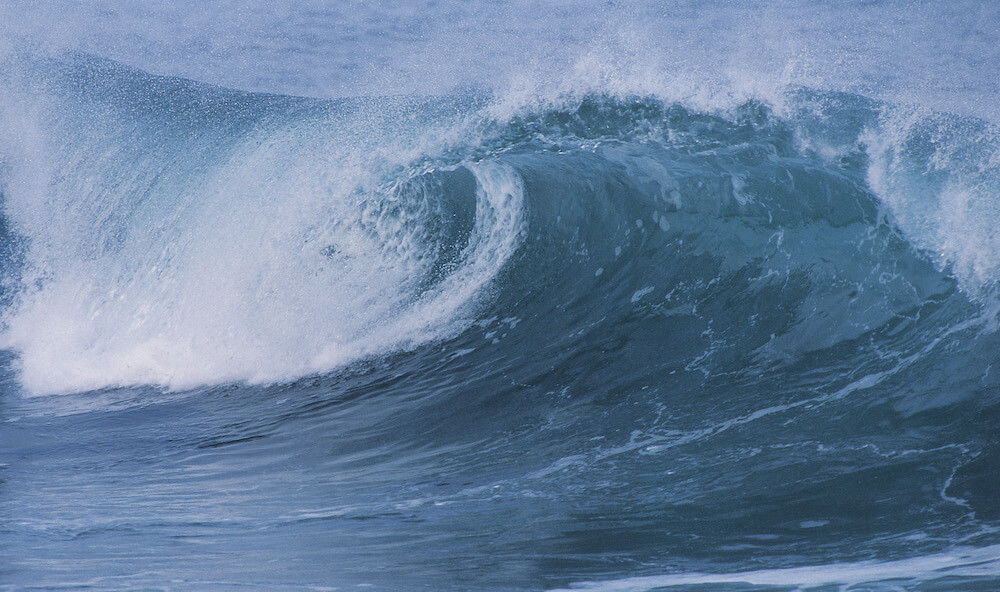
Watch: What if we could harness the power generated by waves to restore eroding shorelines? Designer Skylar Tibbits and his team are testing the theory.

Explore some of National Geographic’s highlighted adventure photos.